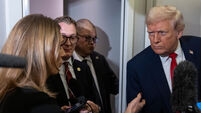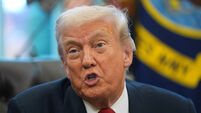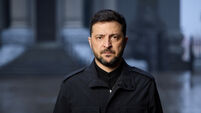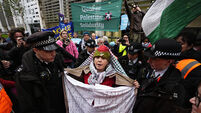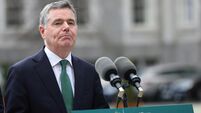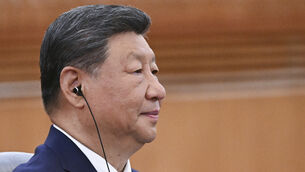Vladimir Putin has lost the war and may yet lose much more
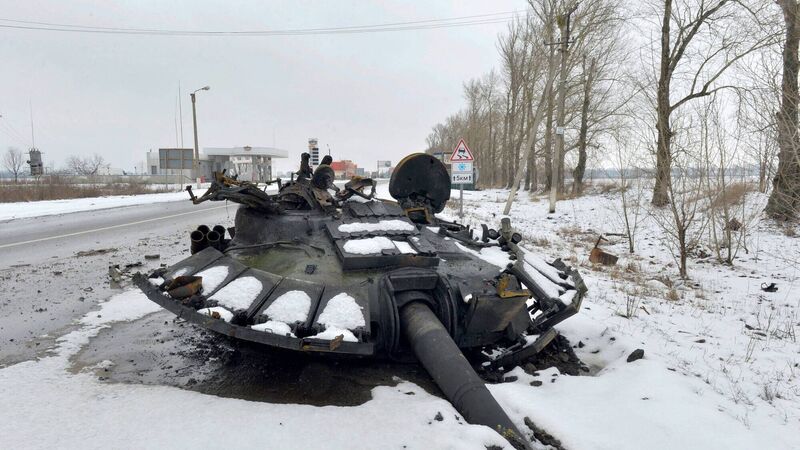
A fragment of a destroyed Russian tank on the outskirts of Kharkiv: Once the war against Ukraine began on February 24, it became increasingly evident that Russian equipment was frequently malfunctioning, and vehicles breaking down for lack of fuel. Picture: Sergey Bobok/AFP via Getty Images
It is becoming more and more difficult for Vladimir Putin to disguise how badly his war in Ukraine is going. In the space of two weeks, his epic miscalculation has led to unprecedented losses on the battlefield, economic sanctions that are unsurpassed in their scale and severity, and diplomatic isolation on a global scale.
With an increasingly severe crackdown on domestic dissent, Russia has mutated from authoritarian hybrid to North Korean-style rogue totalitarian state.
It is striking how much of the pre-war commentary focused on the asymmetry in military power between Russia and Ukraine, with the implications this war would prove an easy win.
Coming into the war, Russia could boast of at least 850,000 active personnel, against just 200,000 in active service in Ukraine. Russia had more than 12,000 tanks, compared to just 2,500 for Ukraine, and more than 30,000 armoured vehicles compared to 12,000 for Ukraine.
Nowhere was the stark difference in capacity more evident , however, that in airpower. Russia had 4,173 total aircraft, as against just 318 for Ukraine, 772 fighter aircraft compared to just 69 available to Ukraine, and 544 attack helicopters, against 34 for Ukraine.
Estimates of battlefield losses must be taken with a pinch of salt. Both sides have an incentive to publicise what the other has lost within the information war which is running in tandem with battlefield hostilities.
But the evidence from independent security analysts suggest Russia has almost certainly lost thousands of troops from an active invasion force of about 200,000. Ukraine puts the number already at above 11,000 Russian dead.
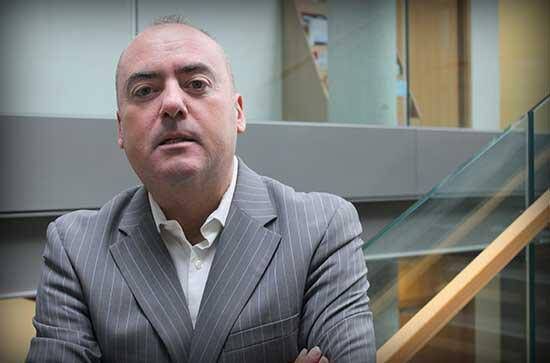
Even a loss of 5,000 troops over the first two weeks would represent a staggering loss for Russia. In Afghanistan, for example, during the decade of occupation in the 1980s, Soviet forces lost about 15,000 personnel. By further comparison, the United States lost a total of 4,500 troops in Iraq over the period 2003 to 2011.
To add to Putin’s woes, upwards of 140,000 Ukrainians have returned to defend their country (with more arriving all the time). In addition, up to 15,000 others from around Europe have signed up to join the fight. This in addition to the civilian resisters who have become an iconic part of the Ukrainian response, and may be crucial, if and when an insurgency proper begins.
Ukrainian estimates claim Russian losses include: 290 tanks, 999 armoured personnel carriers, 46 planes and 68 attack helicopters, as well as vast numbers of vehicles and artillery pieces. Indeed, social media is literally swimming with images of captured Russian MRAPs, tanks of every description, an exotic variety of supply trucks, and captured Russian soldiers.
The first Chechen war (1994-1996) saw Russian forces humiliated by the Chechen separatists. Estimates of Russian losses range from the officially recorded 5,732 to 14,000 dead. Estimates of civilian deaths range from 30,000 to 100,000 killed.
The second Chechen war (1999-2009) eventually produced a Russian victory but at enormous cost in human life. The Committee of Soldiers Mothers puts the death toll from this phase of war at 14,000, double the official estimate.
Russian shelling of the Chechen capital, Grozny, was of such bacchanalian scale that it was virtually razed to the ground, after urban combat comparable to the Battle of Stalingrad. The fear now is that Kyiv and other Ukrainian cities face the same fate of ‘Groznification’ in the weeks to come.
The Russian military was barely tested in the takeover of South Ossetia from Georgia in 2008. Similarly, the incursion into Crimea met little or no resistance in 2014. Russia then ran proxy forces in the Donbas and has largely operated through these groups throughout the occupation of Donetsk and Luhansk.
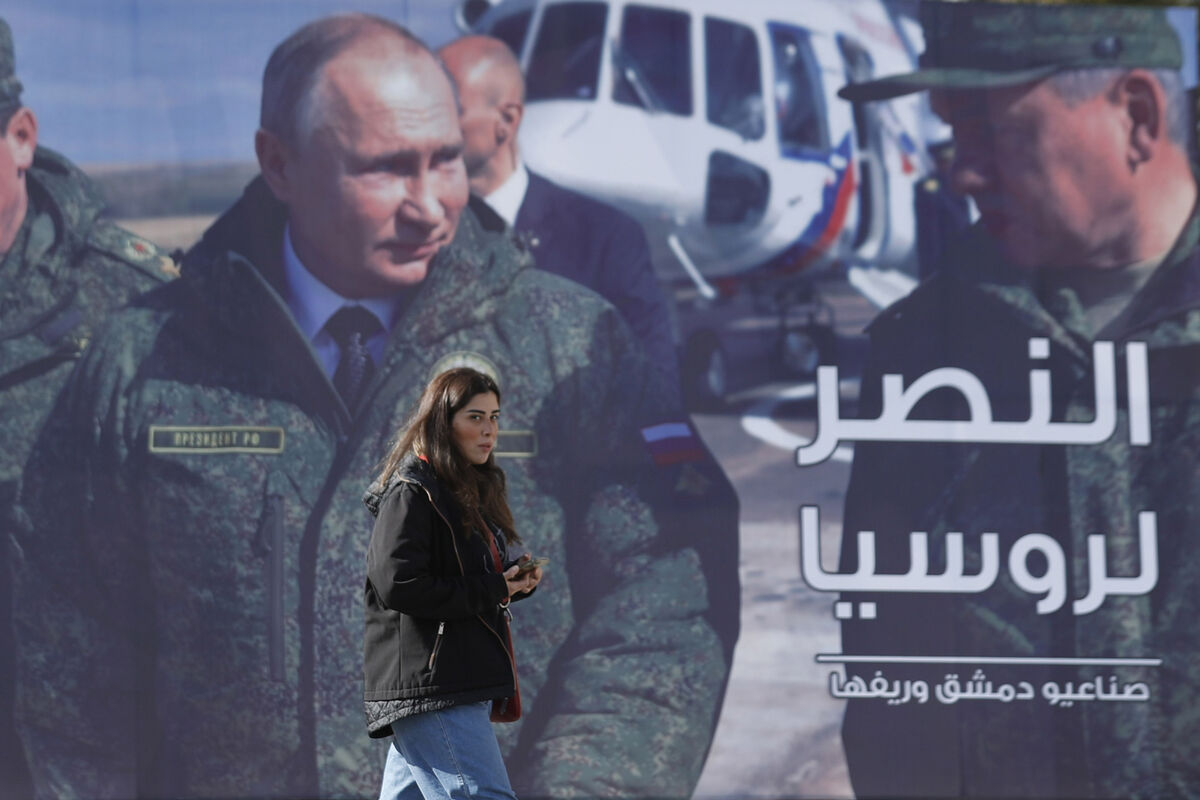
In Syria, after 2015, much of the fighting was done by the private contractor, the Wagner Group, which was also involved in the Donbas. There is strong evidence to suggest this group was set up by the Kremlin to be sent into zones of geopolitical importance and to give Russia plausible deniability when evidence of atrocities emerged.
They have also been active in the Central African Republic, Libya, Mali and Venezuela. There are plausible claims of war crimes being committed on a massive scale by the Wagner group in multiple locations.
Once the war against Ukraine began on February 24, it became increasingly evident that Russian equipment was frequently malfunctioning, and vehicles breaking down for lack of fuel. Captured or surrendered soldiers told of going hungry and been given only the vaguest command instructions.
Ukrainians have frequently paraded tanks and armoured vehicles abandoned during the fighting which show evidence of poor maintenance by Russian forces.
Social media has revealed that some rations provided to soldiers had expired in 2015, much of the equipment abandoned by Russian forces appears dated and hampered by lack of availability of spare parts, with radio communications transmitting over unencrypted channels.
Security analysts are in no doubt that the Olympian corruption practised by Putin’s kleptocrats seeped, over time, into military procurement, with hugely significant consequences for the performance of Russian forces in the field in Ukraine.
The habit of ‘skimming off the top’ was perfected by Putin’s acolytes in Saint Petersburg in the 1990s. Once Putin came to power in 2000, he gradually displaced the oligarchs of the 1990s with the so-called Siloviki — individuals who had served (like Putin himself) in intelligence, security, or military services.
Many of them have become obscenely wealthy through exploitation of their positions in the power pyramid. One of the key figures in this group is Sergei Shoigu, the Russian minister for defence. He owns a vast mansion, with an estimated value of about $20m, in the exclusive village of Barvikha, on the western outskirts of Moscow. His predecessor as minister for defence was so corrupt he has to be sacked in 2012.
It is still very difficult to predict how Putin’s regime will come to an end. It could come in the form of a coup within the state administration or the military’s general staff, like the removal of Nikita Khruschev in 1964.
It could equally come from popular unrest at the alarming costs of what appears to be a deeply unpopular war and the new instruments of totalitarian control being imposed by Putin’s security operatives.
But one thing is certain: for the foreseeable future, it is Ukraine which will continue to experience the sociopathic violence that has come to define Vladimir Putin.
- John O’Brennan holds the Jean Monnet Chair of European Integration at Maynooth University and is director of the Maynooth Centre for European and Eurasian Studies. His new essay ‘This is who he is: the sociopathic violence that defines Vladimir Putin’ appears in the march issue of the .





